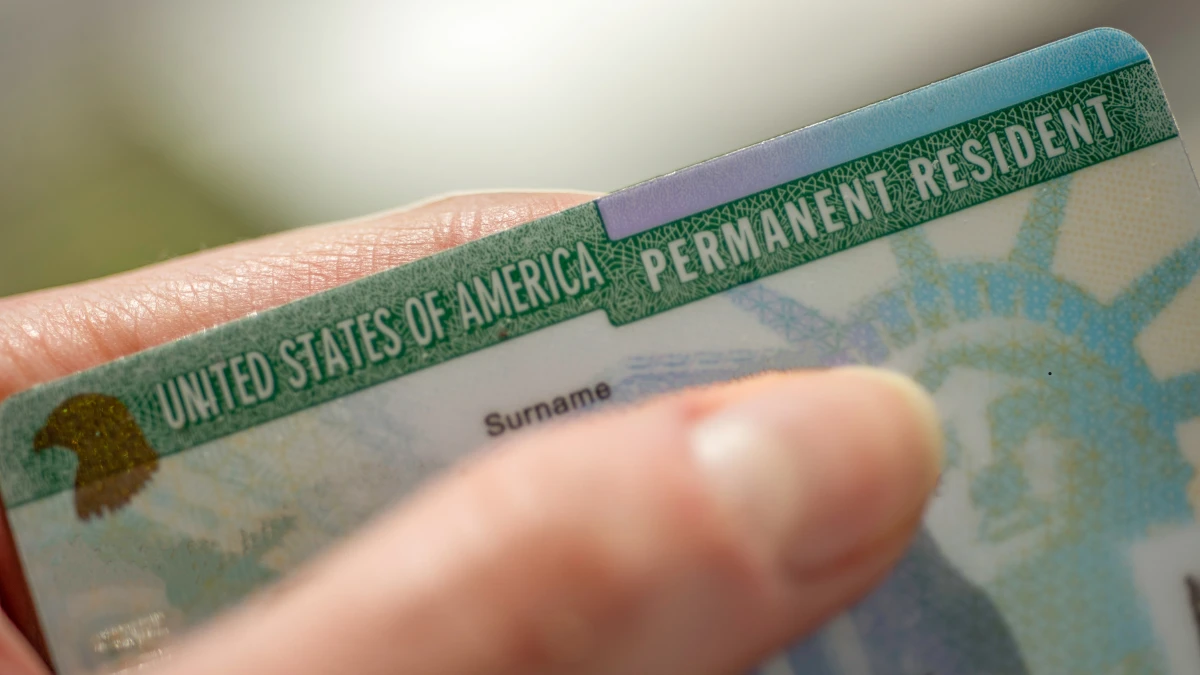While a Green Card allows you to reside permanently in the United States, it also impacts your travel options outside the U.S.
One of the many benefits of traveling with a U.S. Green Card is that it allows you to visit different places all over the world.
This article is a detailed guide on where you can travel with a Green Card, what you need to consider, and tips for smooth international travel.
Regional considerations
1. Traveling to Canada and Mexico
For short visits, Green Card holders can travel to Canada and Mexico without requiring a visa.
For Canada, you can stay for up to 180 days as a tourist.
Similarly, Mexico allows U.S. Green Card holders to visit for up to 180 days without a visa.
It’s important to carry your Green Card and a valid passport from your country of citizenship during these trips.
However, it’s crucial to verify the latest entry requirements from the official immigration websites of these countries.
2. Visiting Caribbean Nations
Certain Caribbean countries permit U.S. Green Card holders to enter without a visa for short stays.
These include the Bahamas, Bermuda, and the Dominican Republic, among others.
The duration of stay and entry requirements can vary, so it’s essential to check with the consulate of the country you plan to visit before making travel arrangements.
3. European Travel
Traveling to Europe with a U.S. Green Card still requires a visa for entry into countries in the Schengen Area, which includes popular destinations like France, Germany, and Italy.
However, as of recent changes, the European Union announced that starting in the first half of 2025, U.S. green card holders will need to apply for an ETIAS (European Travel Information and Authorization System) authorization to visit the Schengen Area countries.
ETIAS is a travel authorization rather than a visa, but it is necessary for entry.
However, obtaining a tourist visa is generally straightforward.
Apply through the consulate or embassy of the country you intend to visit first, or where you will spend the most time.
4. The United Kingdom
The UK does not grant visa-free entry to U.S. Green Card holders.
You will need to apply for a Standard Visitor visa if you plan to visit England, Scotland, Wales, or Northern Ireland.
This visa allows tourists to stay for up to six months.
5. Other International Destinations
For other countries, visa requirements vary widely.
It’s always best to check with the embassy or consulate of any country you wish to visit to understand the specific requirements.
Countries in Asia, Africa, and South America have different rules regarding entry for the U.S. Green Card holders, often requiring a visa.
Tips for Traveling with a Green Card

- Always Carry Your Green Card
Your Green Card is your proof of residency in the U.S. and you must always carry it along with your passport when you travel internationally.
This document is necessary to re-enter the country as the U.S. Customs and Border Protection (CBP) officers will ask for it at the port of entry.
Additionally, in case of emergencies abroad, such as losing your passport or encountering legal troubles, your Green Card can help U.S. embassies and consulates verify your U.S. residency.
Failure to present a Green Card upon entry can lead to legal consequences or difficulties with law enforcement.
- Check Passport Validity
Ensure that your passport is valid for at least six months beyond your planned date of return.
A valid passport for an extended period beyond your travel dates provides a buffer in case of unexpected delays or emergencies.
Some countries strictly enforce this rule.
If your passport expires during your visit, you might face difficulties with immigration authorities, potentially resulting in denial of entry or other legal complications.
- Verify Visa Requirements
When planning international travel as a U.S. Green Card holder, understand that your Permanent Resident Card allows you to return to the U.S. but does not exempt you from the visa requirements of the country you wish to visit.
Each country has its own travel requirements and regulations. Depending on the purpose of your visit (tourism, business, visiting family, etc.), the type of visa required can differ.
Check visa requirements well in advance of your trip.
- Notify the U.S. Embassy
It’s a good practice to inform the U.S. Embassy or Consulate in your destination about your travel, especially for longer stays.
By registering your travel with the U.S. Embassy, you can receive important updates about safety conditions in the destination country.
Additionally, this practice ensures that you can be contacted or evacuated promptly in emergency situations and are accounted for in their plans.
- Be Mindful of Re-entry into the U.S.
As a Green Card holder, you are free to travel abroad and return.
However, if you plan to be outside of the U.S. for more than a year, you might need to apply for a re-entry permit to avoid complications.
- Maintaining Permanent Resident Status
To maintain your status as a permanent resident, you need to demonstrate that the U.S. is your permanent home.
Extended absences might lead to questioning about your permanent resident status upon attempting to re-enter the U.S.
FAQs about traveling with a Green Card
Here are some questions people frequently ask before traveling with a Green Card
What is a Green Card and how does it affect travel?
A Green Card, officially known as a Permanent Resident Card, allows you to live and work permanently in the United States. As a Green Card holder, you are primarily a resident of the U.S., but you can travel internationally. You must carry your Green Card when traveling as it is required for re-entry to the U.S
What should I do if my Green Card is lost or expires while I am abroad?
If your Green Card is lost or expires while you are outside the U.S., you should contact the nearest U.S. consulate or embassy. You may need to apply for a boarding foil (formerly known as a transportation letter) to return to the U.S. Note that the United States Citizenship and Immigration Services (USCIS) only allows green card renewals from within the nation; renewals from outside the country are not permitted.
How long can I travel outside the U.S. with a Green Card?
While short trips are generally acceptable, being outside the U.S. for more than 6 months can raise questions about your permanent resident status upon re-entry. Extended absences of over a year require a re-entry permit, which you must apply for before leaving the U.S.
Are there any travel restrictions for Green Card holders from certain countries?
Green Card holders are subject to the same entry requirements as other nationals from their country of citizenship. If there are travel restrictions or bans affecting citizens of your home country, they may also apply to you despite holding a Green Card.
Can my green card be revoked while I am outside the U.S.?
Yes, your green card can be considered abandoned and subsequently revoked if you move to another country and live there permanently, fail to file income tax returns while living outside the U.S., or declare yourself a nonresident on tax returns. These actions can be seen as evidence that you have given up your U.S. residency.
What is a re-entry permit, and how do I get one?
A re-entry permit is a travel document issued to Green Card holders or permanent residents of the United States who wish to travel outside of the U.S. for an extended period (typically more than one year but less than two years). It helps to prevent the abandonment of their permanent resident status. You must apply for a reentry permit (Form I-131) before leaving the U.S.
